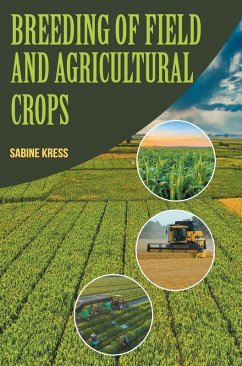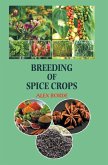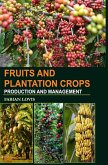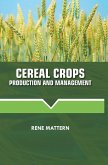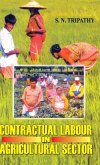In the midst of escalating climate change challenges, alongside a spectrum of biotic and abiotic stresses that threaten crop vitality, the global human population is concurrently grappling with issues of malnutrition. This dual crisis places an unprecedented level of responsibility on the shoulders of plant scientists and agricultural experts. Their mission is not solely to enhance the volume of agricultural yield but also to significantly uplift the nutritional value of the crops produced. This endeavor is crucial in order to adequately nourish a rapidly expanding global population with food that is not only sufficient in quantity but also superior in quality.Crops cultivated in fields and horticultural environments, particularly those involving fruits and vegetables, stand as pivotal economic commodities on a worldwide scale. These crops not only contribute significantly to the economic fabric of societies but also play a critical role in the nutritional well-being of populations. Amidst this backdrop, the conservation of plant biodiversity emerges as a foundational element in the quest for agricultural advancement. In this context, particular emphasis is placed on the preservation of crop wild relatives (CWRs). These genetic reservoirs are invaluable for their potential to enhance the resilience and productivity of cultivated crops, thereby enriching both the economic and nutritional outcomes of agricultural practices.
Bitte wählen Sie Ihr Anliegen aus.
Rechnungen
Retourenschein anfordern
Bestellstatus
Storno

